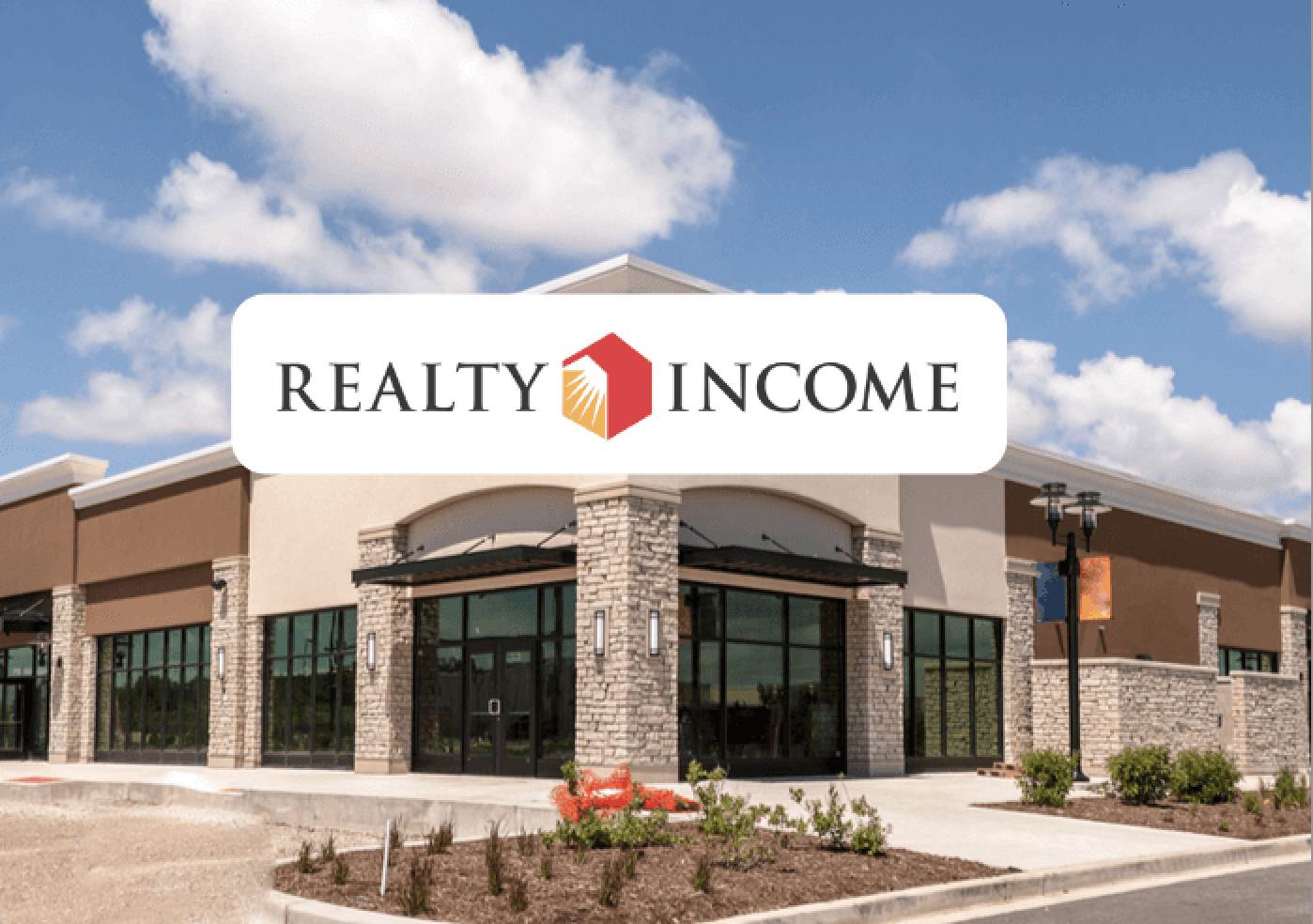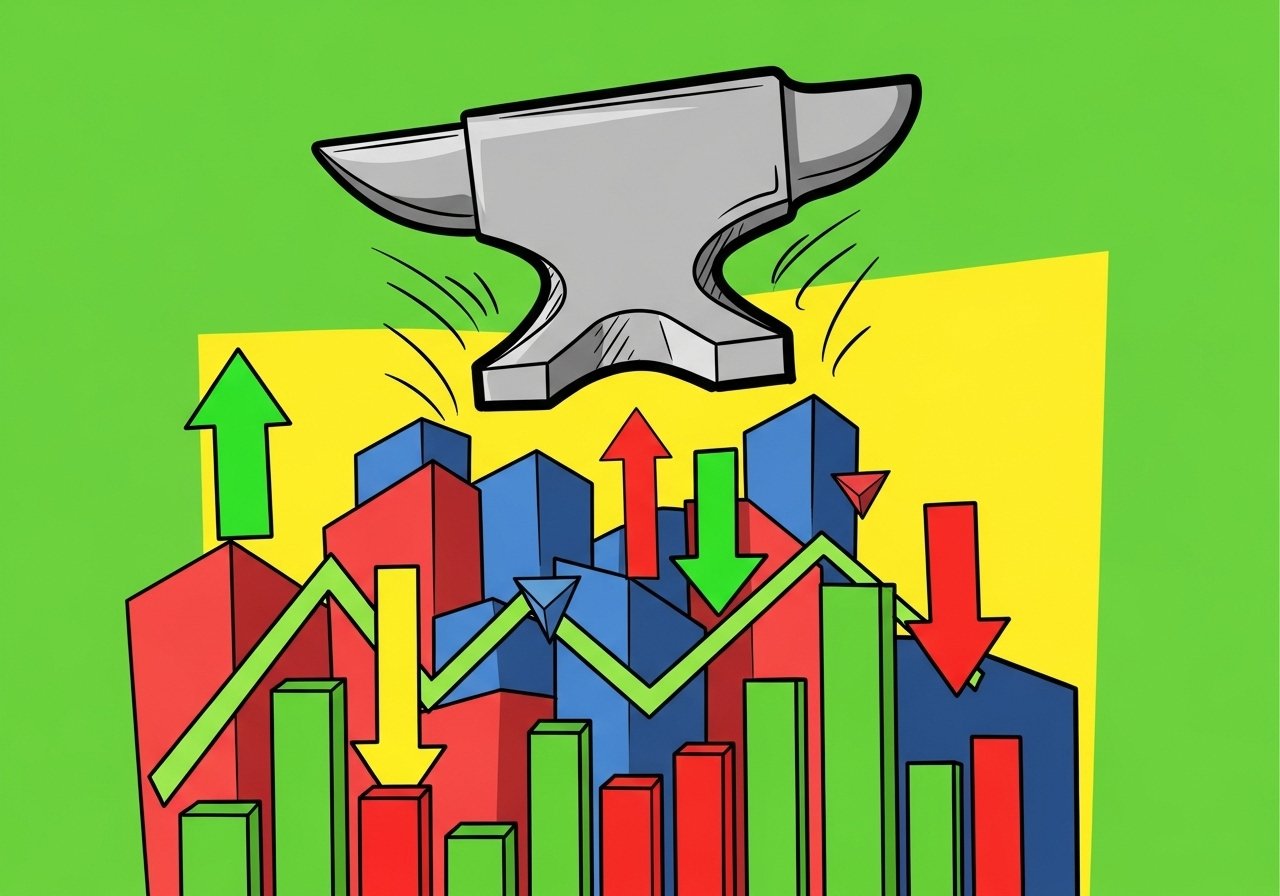How Money in Motion Makes Magic
Disclaimer: This page contains some affiliate links that might just lead you to the promised land of awesomeness (or at least some cool products). I personally use all of the products promoted, and recommend them because they are companies I have found to be helpful and trustworthy. I may receive commissions for purchases made through links in this post.
I read a Substack article earlier this week that really made me think about money. Not just the idea of wanting more money, daydreaming I was Scrooge McDuck diving into a pile of it and doing the backstroke. Instead, this article made me think about what money actually is.
Yes, it’s the thing you trade your time for. Yes, you use it to pay your bills. And yes, it’s something you go out of your way to pick up when you see it on the street (unless it’s a penny, I’m sure).
But it’s more than just the physical dollars and cents that you visualize when you hear the word money. When you really break it down, money is a form of energy—and it flows through everything, touching almost every part of our lives.
…and I know this is starting to sound a bit mystical, but stick with me here.
Energy can be stored, or it can be put to use. And the difference between the two might be one of the most overlooked concepts in all of personal finance.
Getting into some physics, stored energy is potential energy. As it applies to money, think of a pile of cash sitting in a checking account.
That money has potential, but it’s not doing anything besides sitting there, waiting to be put to work. Now, there’s nothing wrong with that—you need to have some savings—but hoarding cash just for its own sake prevents it from flowing, which will cause you to miss out on life-improving opportunities.
That’s where kinetic energy comes in. This is energy in motion.
Financially, this is money that’s actively participating in the economy. You send it out into the world, and it can come back to you having multiplied. It becomes useful.
Now there are many ways to kickstart this kinetic flow of money, but in my opinion, dividend investing is one of the easiest. Shocker, I know.
When your stockpiled money gets put to work, it generates income. That income gets reinvested to create more income. Then the cycle repeats.
As it does—and as this compounding flywheel builds momentum—something powerful happens: friction decreases. This is true both in physics and here in our hypothetical mystical metaphor.
Whatever financial stresses you have in your life start to dissolve. You feel the weight being lifted off your shoulders. You have room to breathe, greater financial resilience, and more optionality in your day-to-day life to spend more time doing things you actually want to do.
This is what money in motion does for you—it feeds more energy into your life instead of sucking it out. While stored energy holds possibility, kinetic energy creates change.
With that said, now I want to hear from you: What percent of your income do you keep in savings, and what percent gets put to work? Write to me here and let me know.
And if you want to learn about the new way I’m putting my money to work, check out this video here.
Dividend Investing Democratized
Join thousands of savvy investors in the pursuit of early retirement. Get Retire With Ryne delivered straight to your inbox every week as you build your perpetually growing, cash-flowing dividend stock portfolio.
Blossom is a unique social platform created by investors, for investors. Unlike the usual social media platforms, Blossom is dedicated exclusively to discussions on finance and investing.
I've been actively posting on Blossom since November, and I absolutely love the community over there. With over 200,000 DIY investors, Blossom is buzzing with all sorts of different investment ideas. The coolest part is that you can see everyone's portfolios, which you can automatically link within the app!
Picture Twitter/X, but with an added portfolio tracking feature and less trolling – that's Blossom for you. Personally, I find it much more enjoyable than my experience on Twitter/X, and I think you will too.
Download Blossom today, and follow me (@ryne) to see my complete portfolio and stay updated on all my real-time investment moves.
IN MY PORTFOLIO 📈
Start tracking your portfolio with Snowball Analytics today—free for 14 days! Plus, use code "rynewilliams" at checkout to get 10% off your subscription.
ICYMI 🎥
The REAL Cost of Financial Freedom | Ep. 20
In this episode of The Deep End, Ari and I talk about we think is the real cost of reaching financial freedom.
CAREFULLY CURATED 🔍
📺 Easy Target - Since the beginning of the year, Target's foot traffic has declined 11 straight weeks and its stock has fallen more than 30%. This video from CNBC explains why the company is falling short to competitors like Costco and Walmart.
🎧 Mohnish's First Million - I’m a sucker for anything Mohnish Pabrai, so of course I had to share his latest interview on the My First Million podcast.
📚 A Great Investor's Secret Weapon - I recently discovered Nightview Capital and have been binge-reading their blog ever since. This piece in particular stood out—it’s a great breakdown of the kind of assets you actually want to own.
SINCE YOU ASKED 💬
"Thoughts on allocating your REITs over to the Roth? I've been playing with that as well since it's tax-advantaged."
- Blake | YouTube
This is something I’ve gone back and forth on quite a bit. From a tax perspective, it obviously makes sense to put REITs and other non-qualified dividend payers into a tax-advantaged account like a Roth IRA, since it helps eliminate the tax inefficiencies that come with those types of assets.
And just as a quick refresher: non-qualified dividends (also called ordinary dividends) are taxed at your regular income tax rate—just like the income from your job. Qualified dividends, on the other hand, are taxed at the lower long-term capital gains rate, which maxes out at 20%.
Because of that, a lot of people assume non-qualified dividends are best held in a Roth IRA to shield them from higher taxes. And in many cases, that’s true.
I think you can make the argument that any asset that generates taxable income can benefit from being in a Roth, since it removes the need to pay taxes altogether. But I also think there’s more to consider than just taxes.
Your time horizon, for example, also plays a big role in all of this. In my case, I plan to start using some of my dividends well before age 59½—which is when you can begin withdrawing profits and dividends from a Roth without penalties. So for me, I think it makes more sense to keep REITs in my taxable account just for the added flexibility.
Even though I’ll pay taxes on the income, I also have the freedom to access that money whenever I want. And in my situation, that freedom is worth the trade-off.
Now, if you’re someone who doesn’t plan on using any of your dividends until retirement age, then my way of thinking probably won’t apply to you. In that case, you’d likely be better off optimizing for taxes.
Personally, I think I’m better off optimizing for flexibility. It’s not a black-and-white issue either way though—and if you haven’t already, you’ll find that’s true of most things in investing and personal finance.
Have a question? Ask me here to see it featured in an upcoming newsletter.
LAST WORD 👋
If you haven't already, consider joining my free Discord group. I call it the DRIP N' Sip Discord group, and it's basically just one big group chat filled with almost 4,000 investors like yourself.
It's a really positive and uplifting community where everyone shares their buys, sells, and dividend income, and is down to talk dividend stocks around the clock. Everyone is there to help each other learn and grow as investors, and I think you'd gain a lot from being a part of it.
Click here to join the DRIP N' Sip Discord group. Like I said, it's totally free, and I look forward to seeing you in there!






